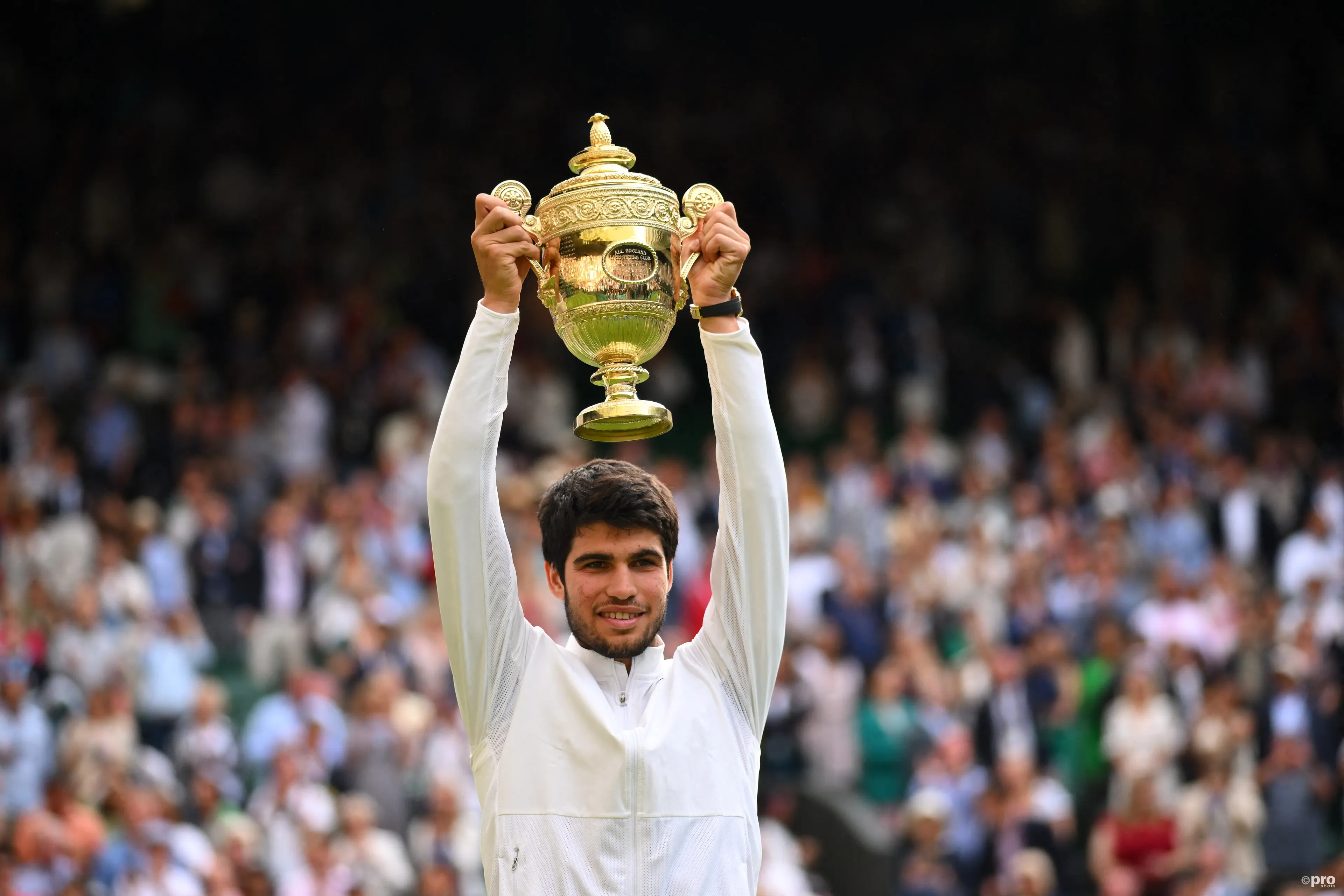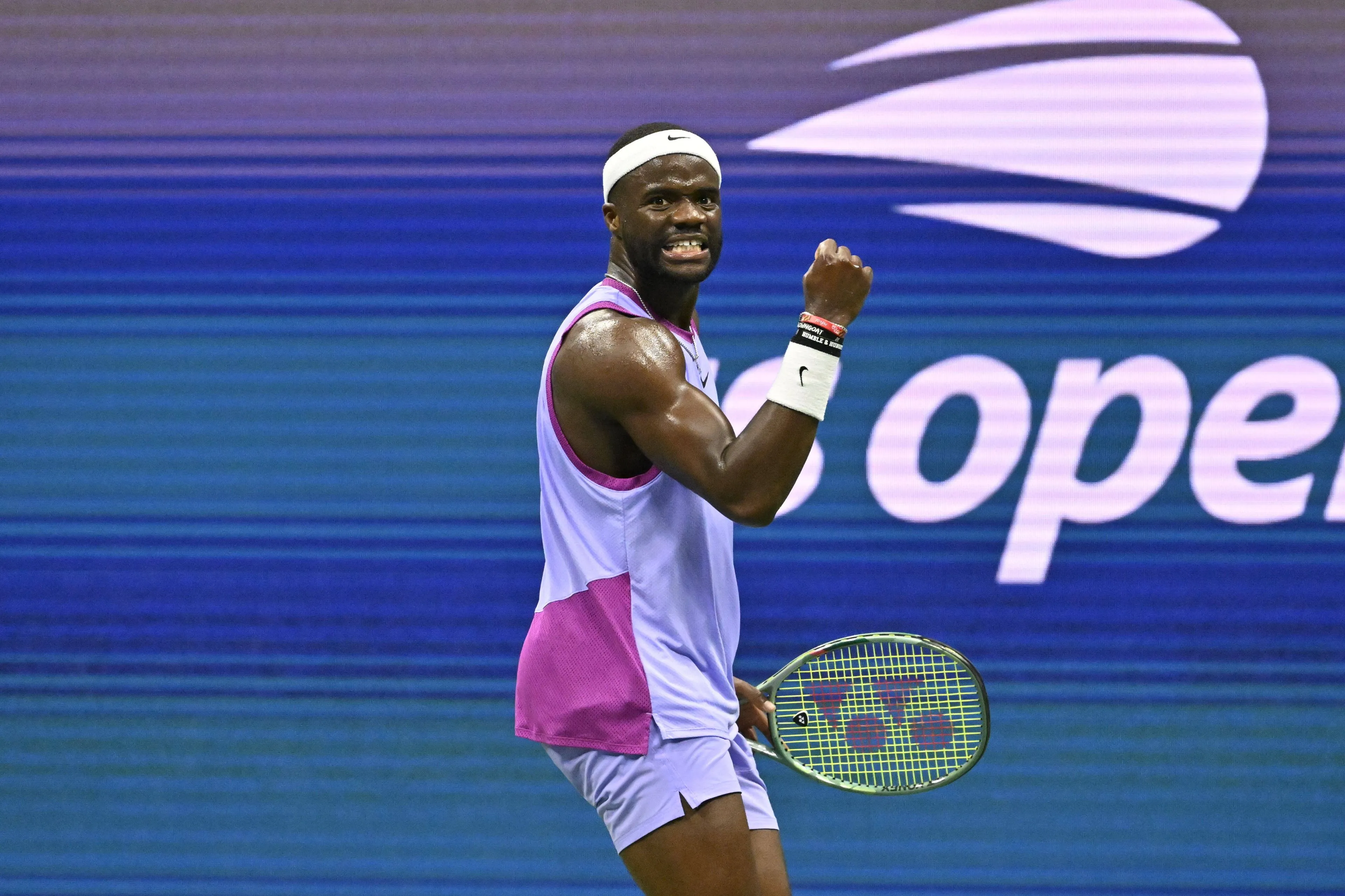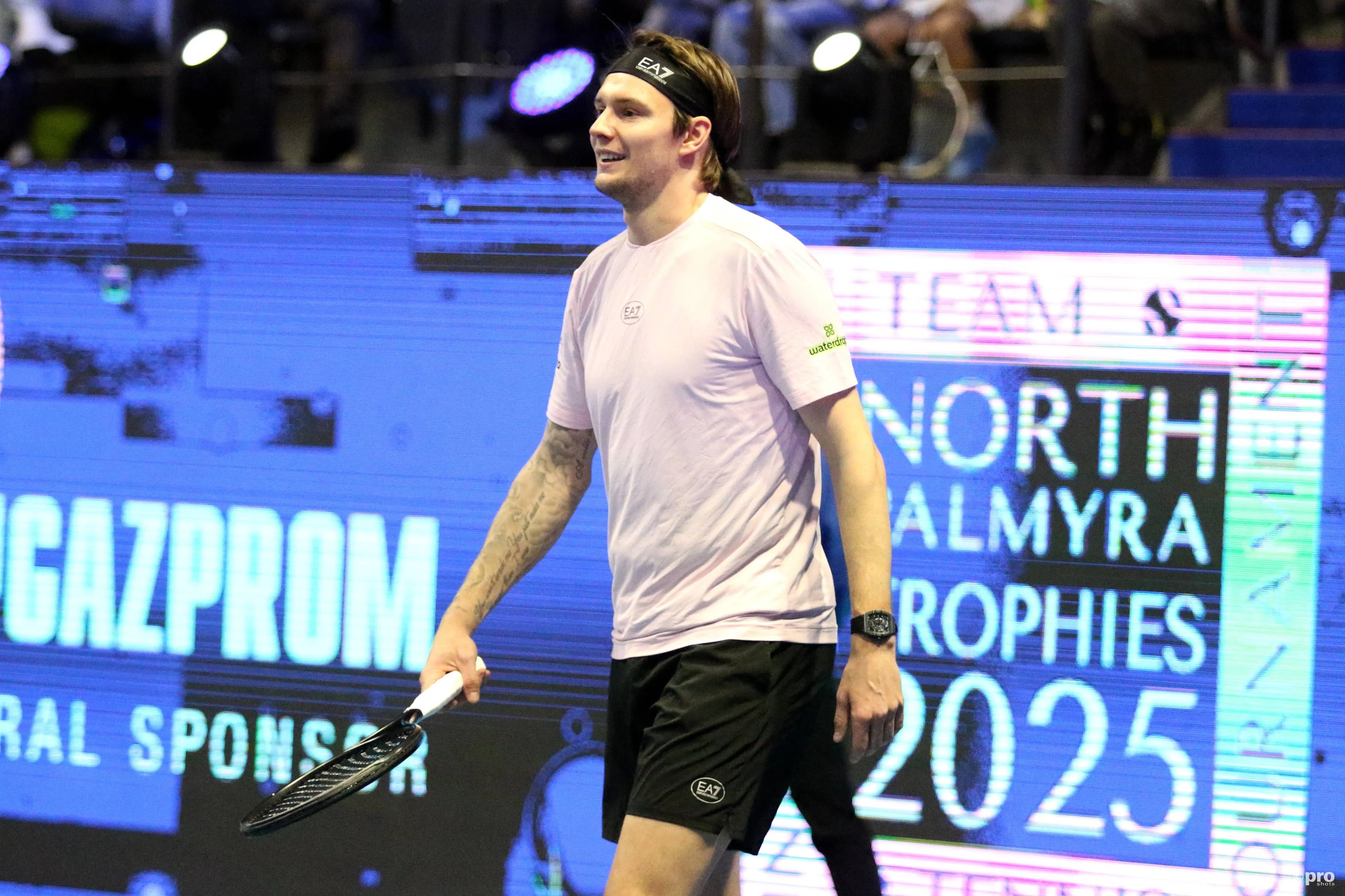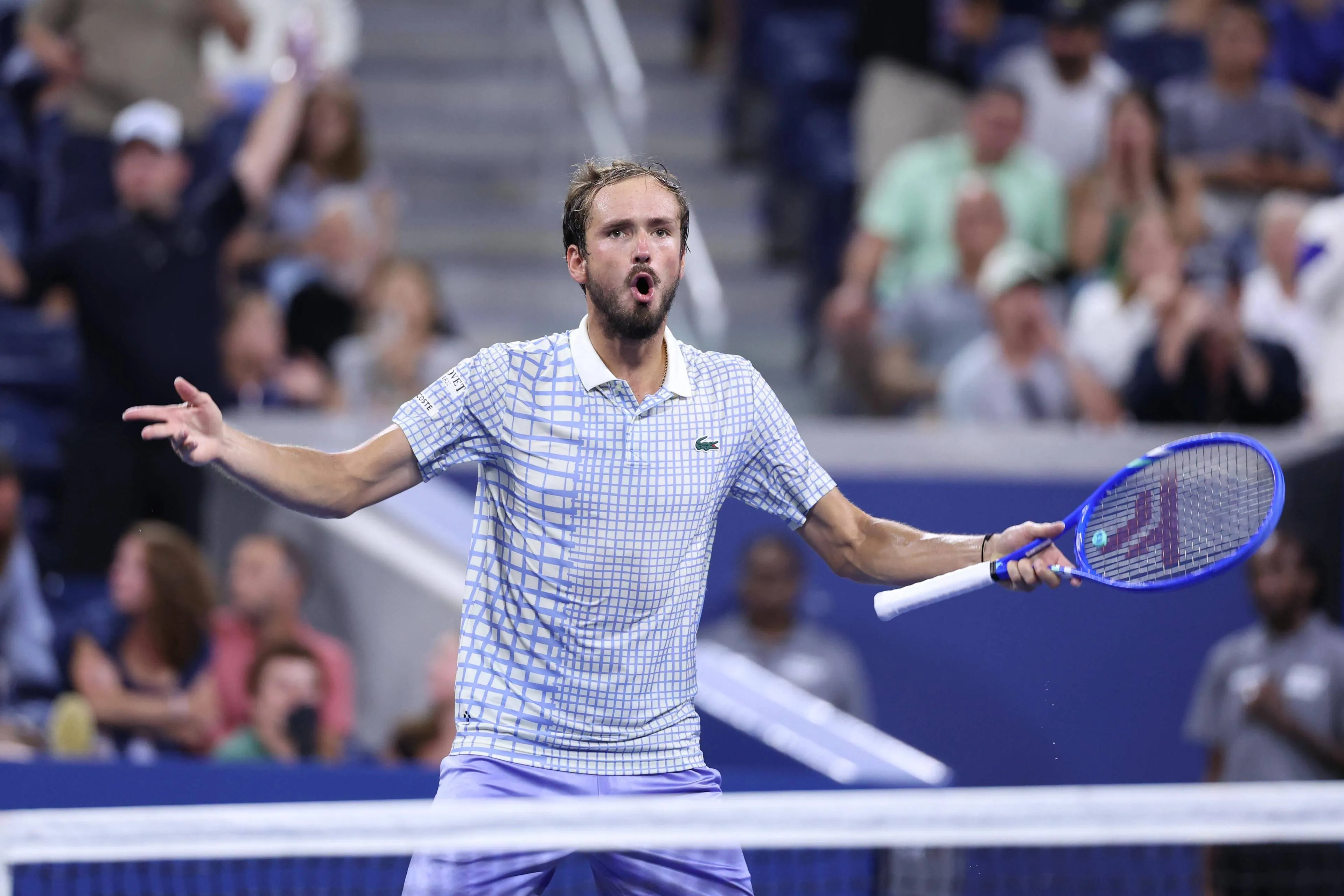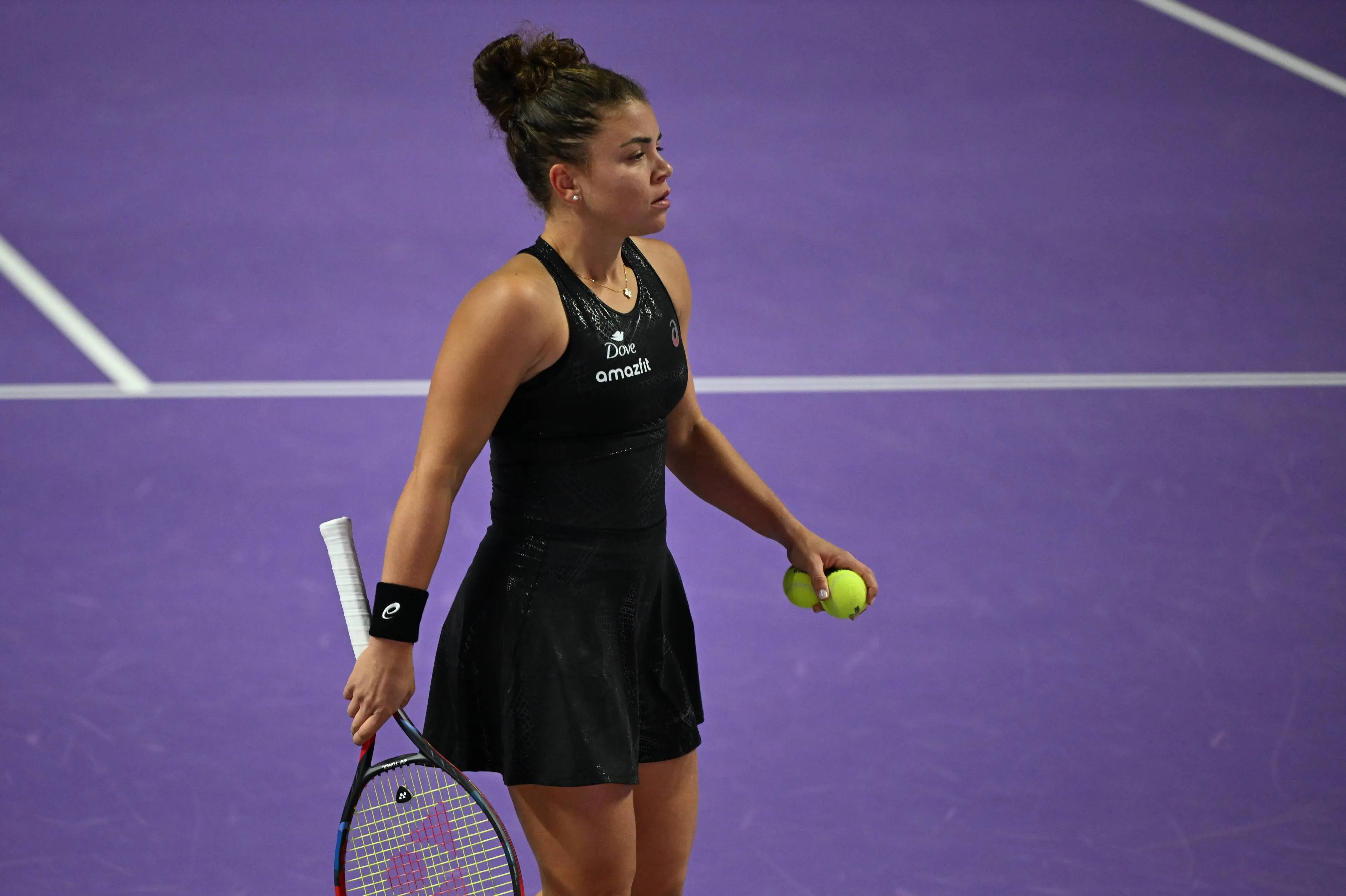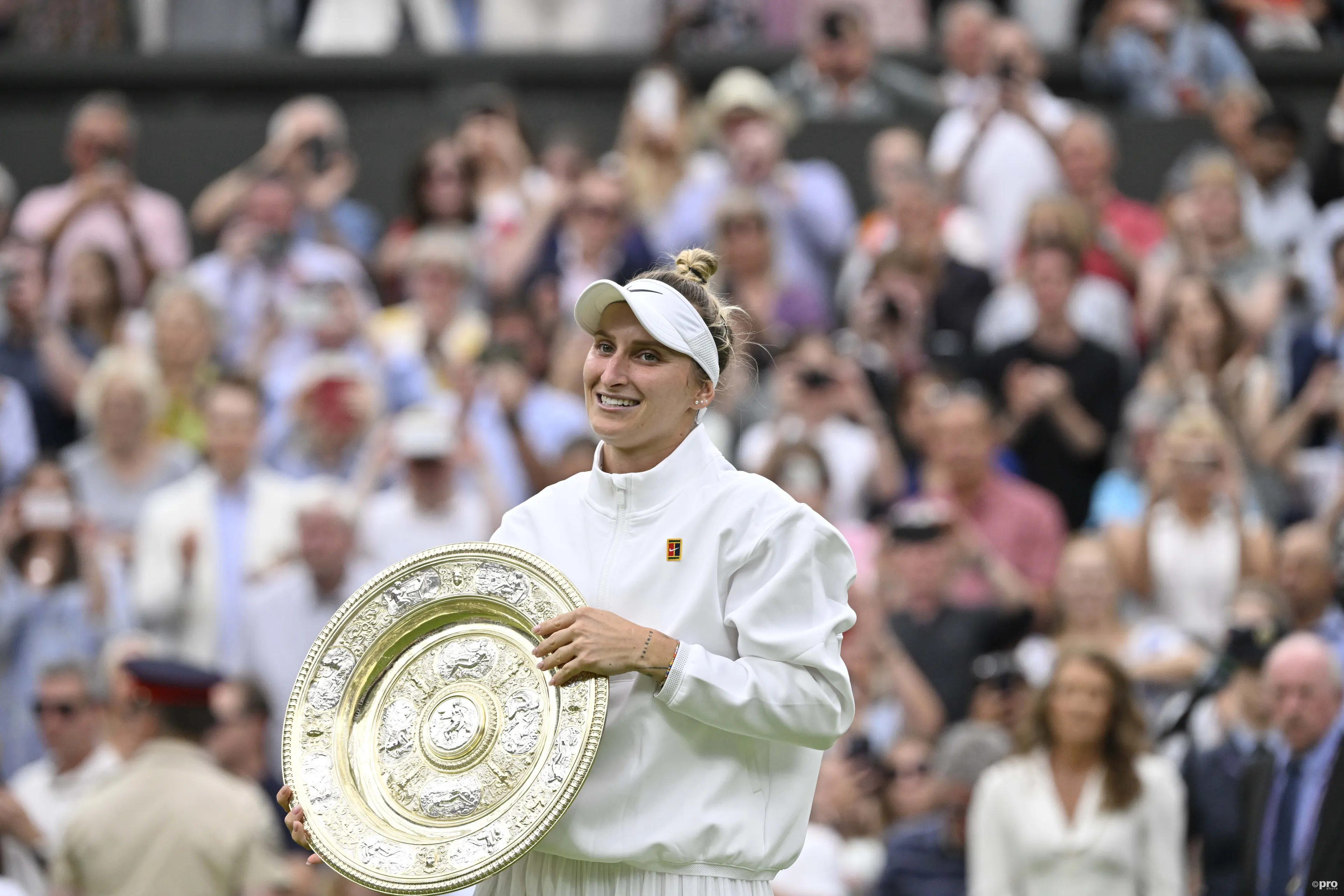"The one-handed backhand still has a place in the modern game": Federer talks changes in modern tennis
ATPSaturday, 21 September 2024 at 19:02
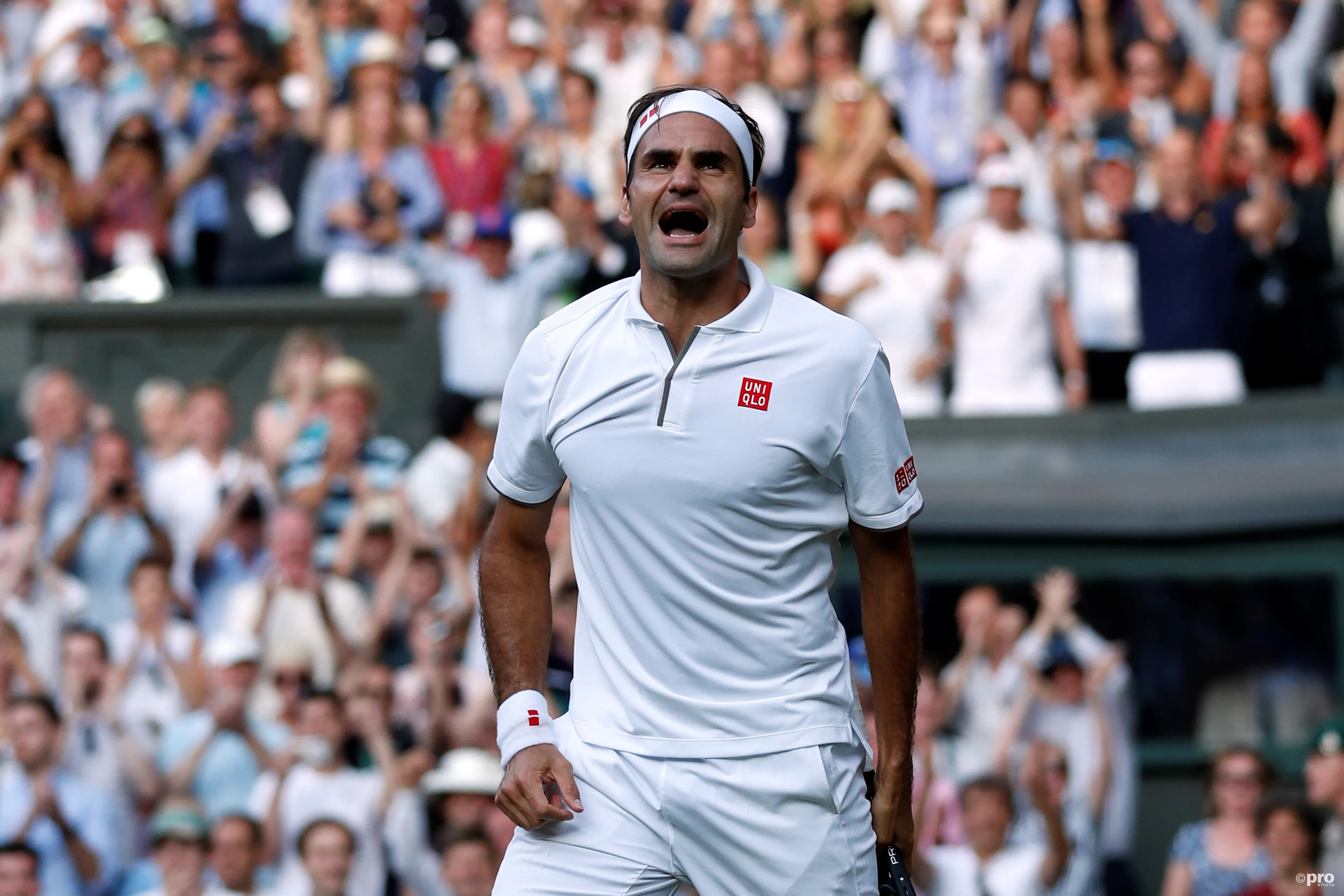
Roger Federer shared his thoughts on how tennis has evolved beyond being a game of mere technique and commented on the future of the sport he once dominated. The 20-time Grand Slam champion is one of the most respected voices when it comes to analysing the present state of tennis, especially since he faced most of the current top players.
This week, the Swiss legend is leading the Laver Cup, a tournament he helped launch seven years ago, which pits the best players in the world against each other in Team Europe and Team World.
"Game is always moving up" - Roger Federer
Federer, 43, led the Big-3 era of dominance for two decades, but he believes that the future of tennis will look quite different from the past as the sport becomes more physically demanding: “The best movers are the best players, and you can see that. The mentally fittest, physically strongest and fastest are the best players,” he said.
Read also
“The guys and also the ladies are going to start hitting bigger forehands and backhands, be more fearless because they realise the reward is there,” added the 8-time Wimbledon champion.
“It’s not so much about technique anymore. I’ve been fooled enough over the last 10, 15, 20 years where I thought, ‘I’m not sure about this technique,’ but with racquet technology and string technology, you can iron those problems out. As long as you hit hard and clean through the ball, everything is possible in tennis, to be honest.”
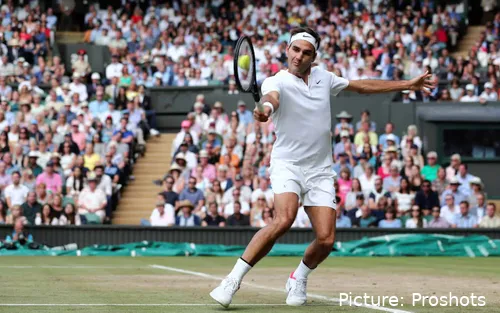
Roger Federer at 2017 Wimbledon.
One of the many standout features of Federer’s complete game during his career was his iconic one-handed backhand, considered one of the best in history. However, this shot is becoming less common at the top level, with its current main exponents being Grigor Dimitrov, Stefanos Tsitsipas, and Federer’s contemporary, Stan Wawrinka.
“Juniors tend to look up to the best players in the world, and if they see the two-handed backhand, they think that’s the way forward, even though it might not be,” Federer added. “I do think the one-handed backhand still has a place in the modern game. Of course, you can fight more with the two-hander on returns and defence, whereas the one-hander can be a lot more challenging.”
Read also
The former world No. 1 defended the idea that the one-handed backhand can adapt to modern tennis, but argued that more top-level players need to showcase this shot to inspire future generations. Federer suggested that modern tennis has “perhaps just a lack of variety, but that’s because we have so many double-handers these days, and they don’t use the slice as much.”
On another note, the ‘Swiss Maestro’ shared his high hopes for the future of tennis and said he continues to enjoy watching the game, despite the gradual changes that have occurred since his playing days: “For the most part, I enjoy watching tennis still today, and it’s always going to be in a safe place because tennis is a wonderful sport,” he said. “The game is where it was, but just a step higher. I always feel like it keeps on going up.”
claps 0visitors 0
Just In
Popular News
Latest Comments
- wow only one racist in these comments... oh well the article is still newentity04-12-2025
- “I think that’s a challenge..." A 'challenge' would be for Emma to play as many tourneys as her peers -- then talk to us about scheduling!
 mandoist02-12-2025
mandoist02-12-2025 - RIDICULOUS... "retire" should be a permanent decision. Yet these two sisters keep infringing upon up-and-coming young players for their personal amusement. ENOUGH ALREADY from these wealthy women too easily bored with their privileged Lives.
 mandoist02-12-2025
mandoist02-12-2025 - Newsflash: They are not called what she was called because most of them are not nasty-mouthed, threatening, elitist drama queens. STAY AWAY!
 mandoist02-12-2025
mandoist02-12-2025 - WTF is this all about????
 mandoist02-12-2025
mandoist02-12-2025 - I agree, the format is not good, neither for the teams nor for the expectations. The singles should be played as best of 5 sets. And the doubles game need to be played as the second game. It is boring, having a David Cup game without a Double.mming990024-11-2025
- It's ridiculous how pro athletes insist on calling having casual sex on the tour... "Dating".
 mandoist24-11-2025
mandoist24-11-2025 - Wasn't me! WASN'T ME !!!
 mandoist22-11-2025
mandoist22-11-2025 - Until pro-Tennis figures out its SCHEDULING COMPLICATIONS there's no way I buy advance tickets or credentials for any tournament. I'll leave it to corporations to buy blocks of tickets and (maybe) fill seats. Spending hundreds to thousands just to have Top Ten players withdraw is not in my interest, to say the least.
 mandoist22-11-2025
mandoist22-11-2025 - A couple more tourneys and Sabalenka could very well have finished at #2.
 mandoist17-11-2025
mandoist17-11-2025
Loading
